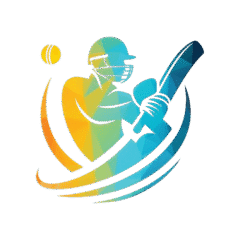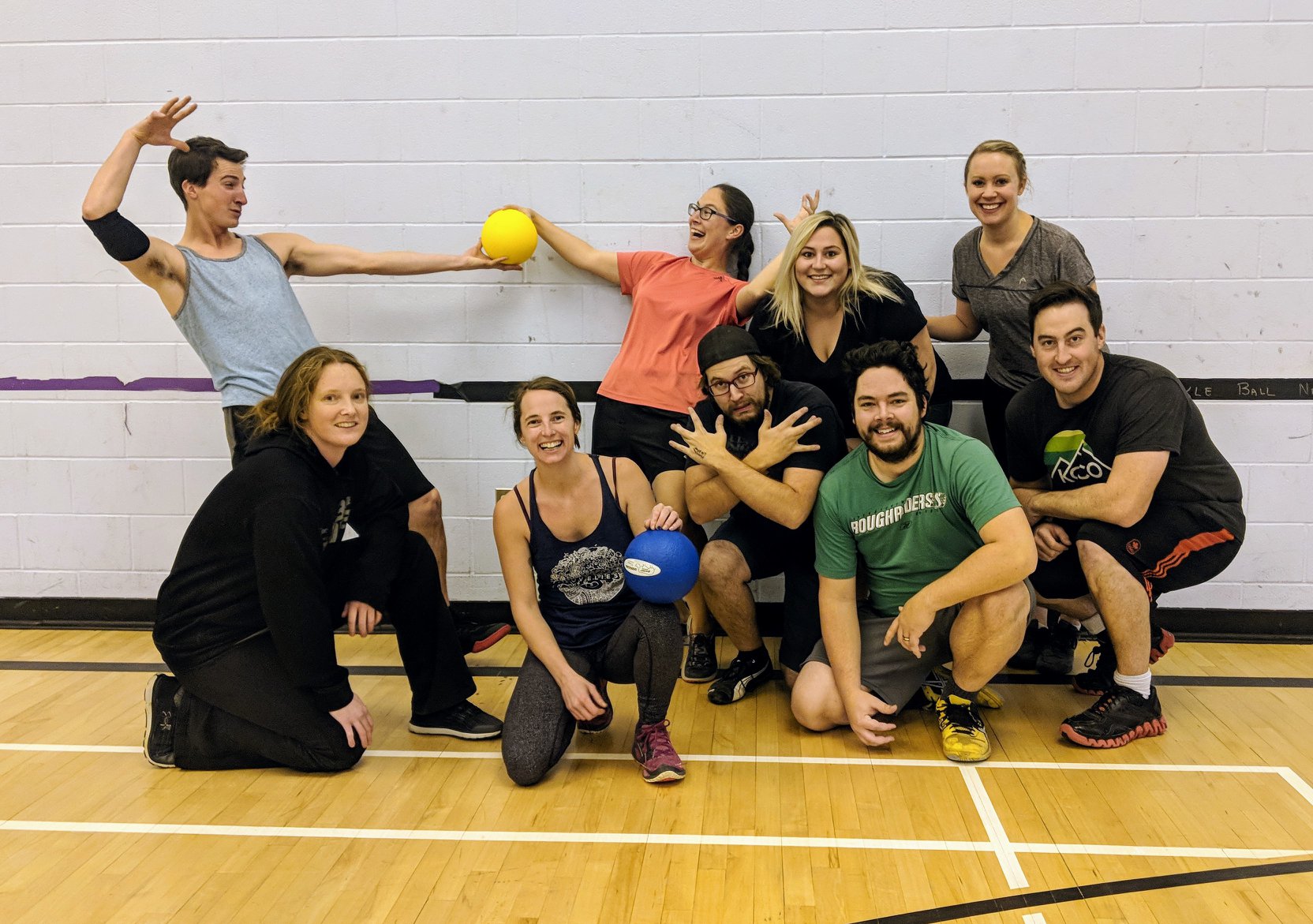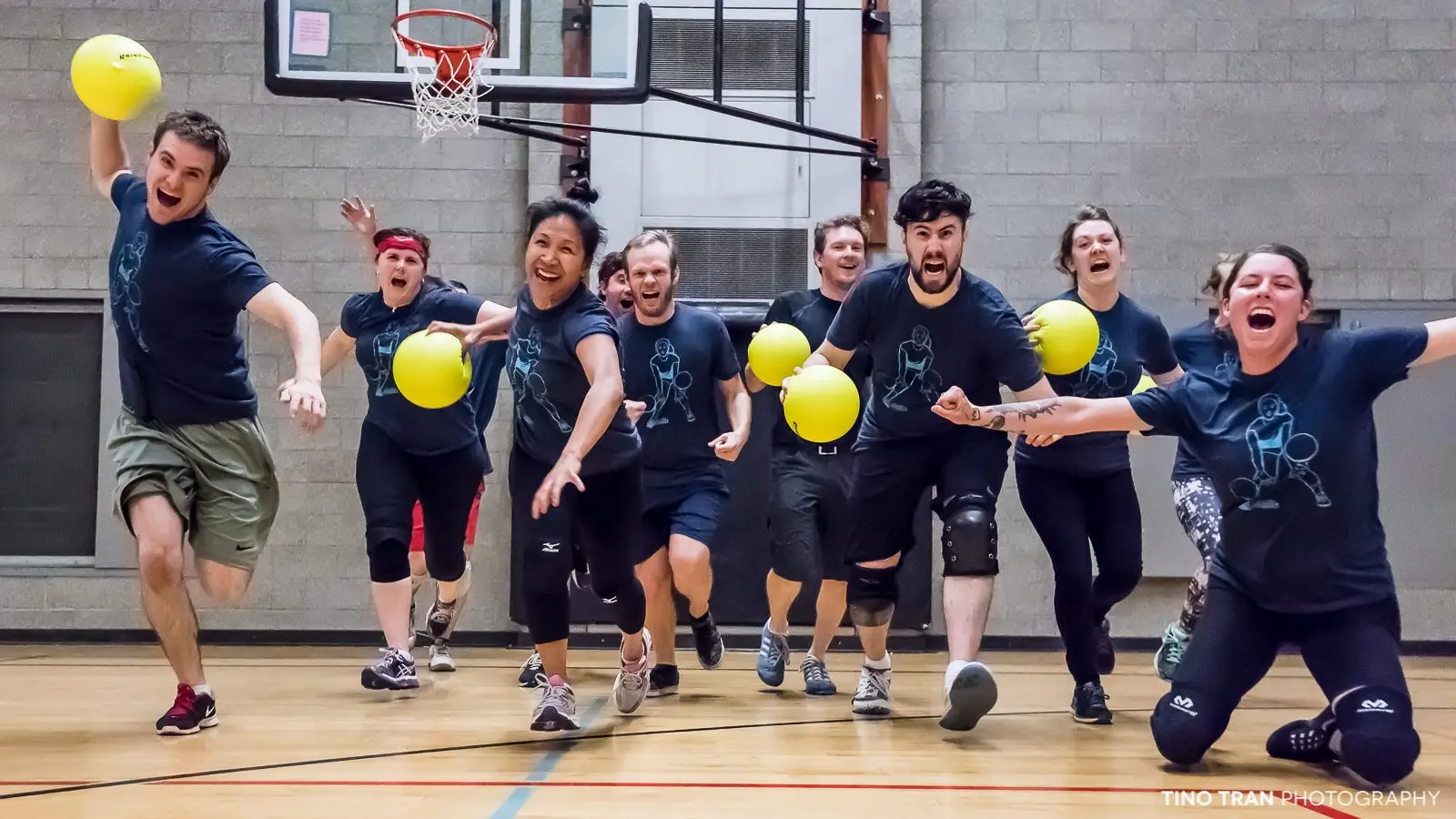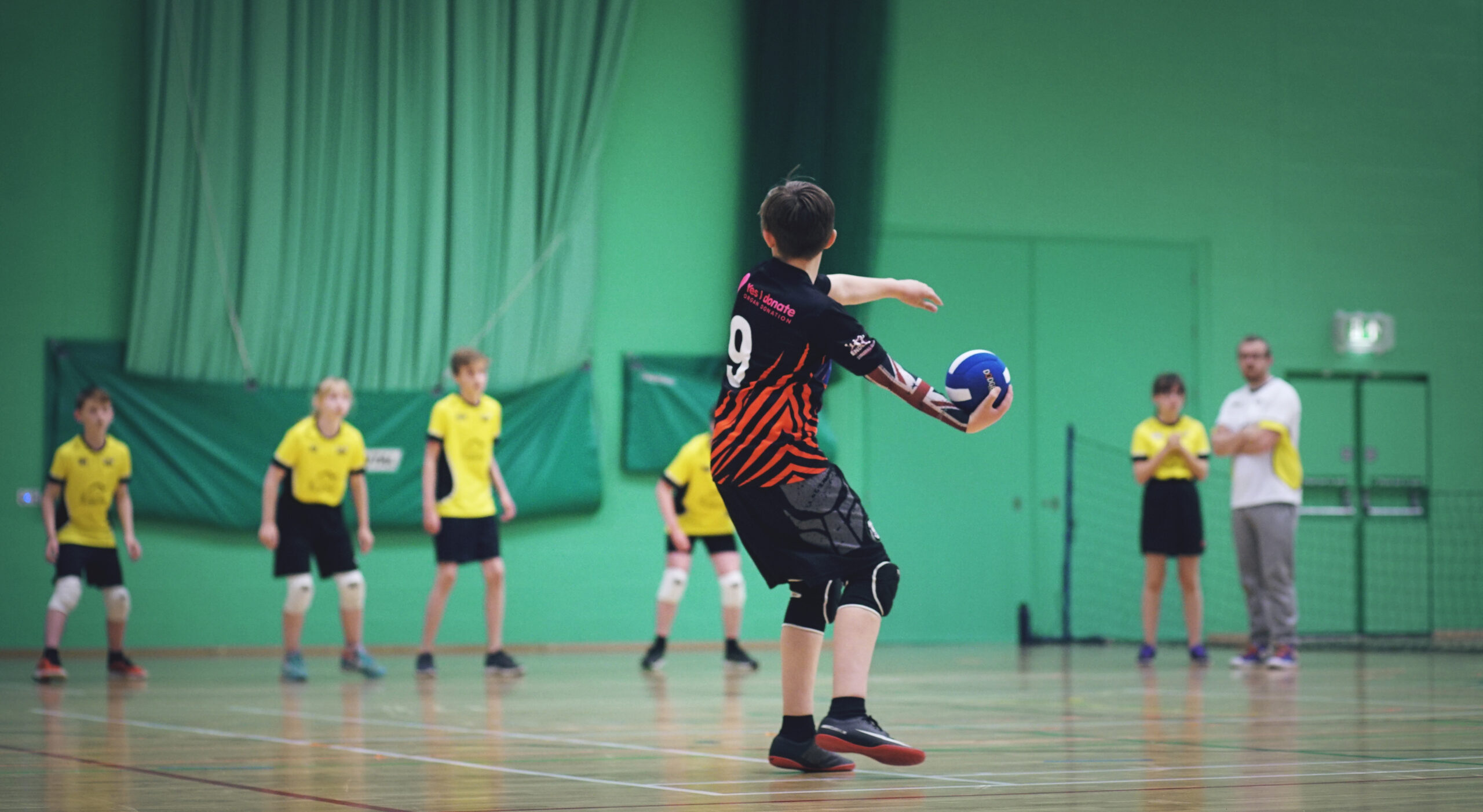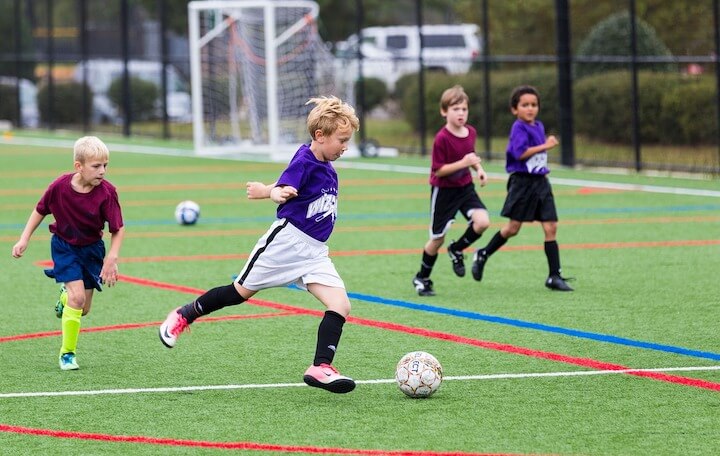
Soccer is all about teamwork, skill, and strategy, and one of the best ways to develop these elements is through small-sided games (SSGs). These games replicate real match situations, giving players more chances to improve their technical abilities, decision-making, and fitness. Whether you’re coaching young players or working with a senior team, incorporating small-sided games into your training sessions can help everyone get more out of their practice time.
Small-sided games allow coaches to focus on individual player development while still fostering teamwork and game awareness. With the right approach, you can run multiple sessions targeting different skills, all while keeping players engaged and having fun.
Why Small-Sided Games Work
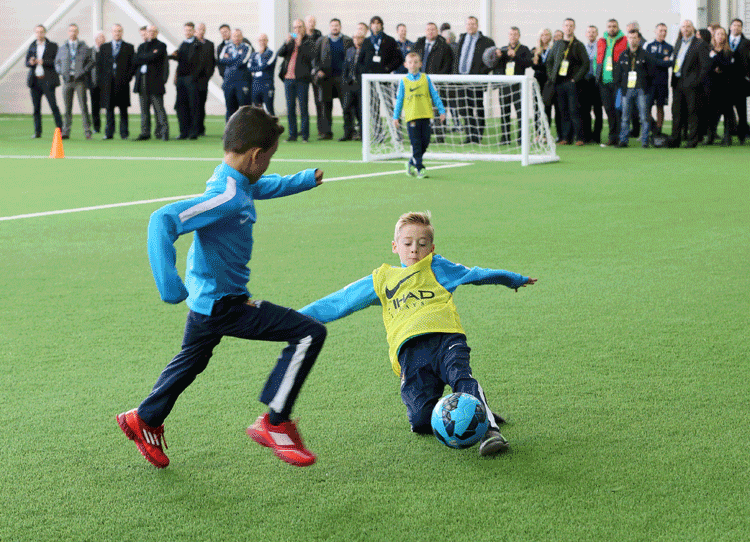
- More Touches on the Ball
Players are more involved in every play, making it easier to improve ball control and decision-making. - Increased Engagement
These games are fast-paced, which keeps players focused and allows for more opportunities to practice key soccer skills. - Better Replication of Game Situations
Small-sided games simulate real-life match conditions more effectively than drills that focus only on one skill. - Improved Fitness and Stamina
The intensity of small-sided games helps players build fitness, especially through frequent transitions between attack and defense. - Targeted Feedback and Focused Sessions
Smaller teams allow coaches to give more individual attention to players, leading to more tailored advice and better results. - More Opportunities for Creativity and Expression
With more space and fewer players on the field, players can take risks and try creative plays that they may not attempt in a full-sided game.
Small-Sided Soccer Games for Training

Let’s dive into some of the most effective small-sided games you can implement during your next training session. These games cover essential skills like passing, dribbling, 1v1 situations, goalkeeping, and more.
Warm-Up Games
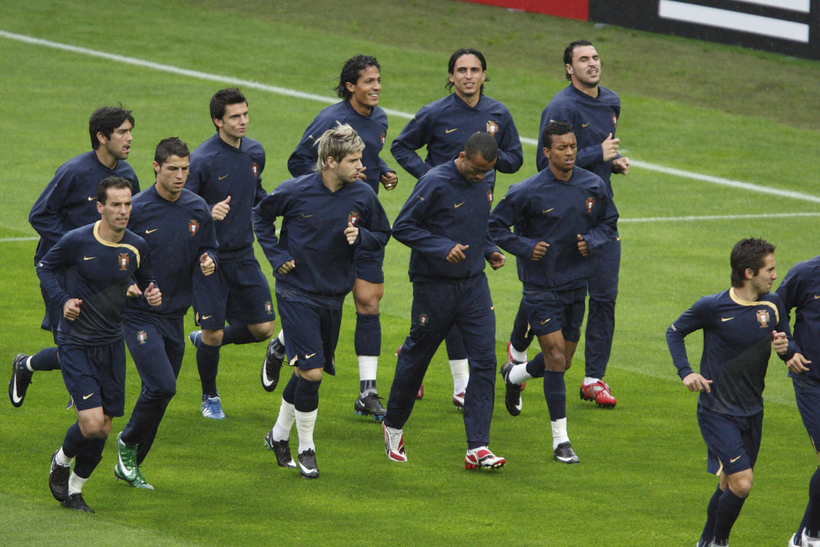
1. A Game of Four Fields
This game helps warm up players while focusing on passing under pressure.
- Setup: 4 teams of 4 players, 50-yard field, 4 soccer balls.
- Instructions: Players pass among their team until a goalkeeper calls out a team’s color, signaling them to shoot. The goalkeeper retrieves the ball and starts the next round.
2. Tag
A fun warm-up that promotes agility and ball control.
- Setup: Square playing area, 2 players with bibs.
- Instructions: Players run around trying to tag others, with the twist of dribbling a ball. Tagged players must be “unfrozen” by a teammate passing a ball through their legs.
Passing Drills

3. Passing in Circles
This game works on passing accuracy and teamwork.
- Setup: Circular play area, 2 teams of 4 players, one player inside the circle for each team.
- Instructions: Players inside the circle compete for possession. The winner passes the ball to a teammate outside the circle to start a 2v1 situation. The game progresses until one team completes 6 consecutive passes.
4. Man-Marked
A drill that focuses on passing under pressure and maintaining possession.
- Setup: 2 teams of 6 players, square playing area.
- Instructions: Each player is paired with an opponent to defend. Players pass within their team while trying to outmaneuver their assigned defender. The team earns a point for each successful possession.
First Touch Drills

5. Touch, Touch, Shoot
This drill helps players develop their first touch and shooting accuracy.
- Setup: Small square area, 2 teams of 3 players, one goalpost.
- Instructions: The attacking team must complete two touches on each pass before shooting. If defenders win the ball, the teams switch roles.
Dribbling Drills
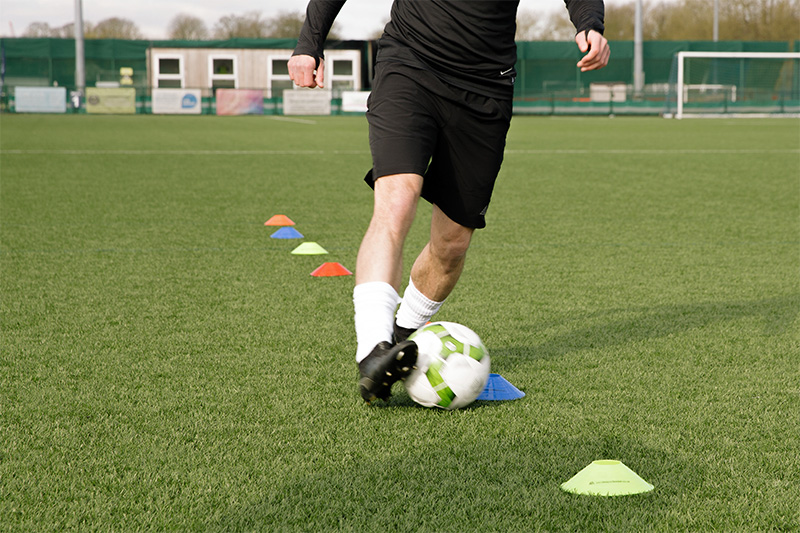
6. Safe House
A great way to improve dribbling and ball control in tight spaces.
- Setup: 2 teams of 4 players, rectangular playing area, 4 soccer balls.
- Instructions: The attacking team must dribble from one side of the field to the other without losing possession to the defenders. If attackers make it, they score a point.
7. What the Coach Says
This drill works on dribbling and responsiveness to commands.
- Setup: Square playing area, 2 teams of 4 players.
- Instructions: Players must dribble as per the coach’s orders (e.g., switch feet, change direction) while maintaining possession. Successful execution rewards points.
1v1 Drills
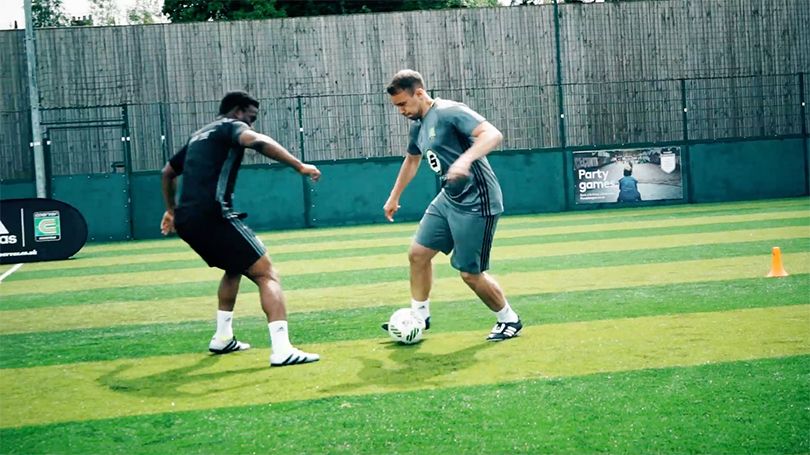
8. Always On The Move
This game develops 1v1 attacking and defending skills.
- Setup: Square field, two cones, four flags, one large goalpost, two mini goals, multiple soccer balls.
- Instructions: Attackers pick up balls from the center and attempt to score while defenders try to block or intercept the ball. After scoring, attackers must move to a different side of the square.
Crossing Drills
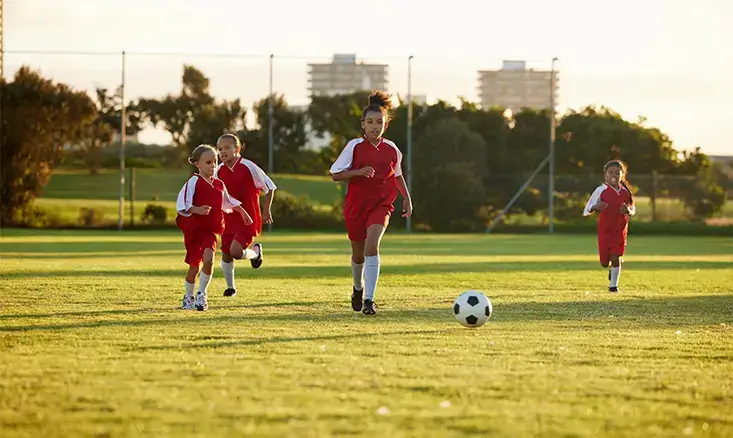
9. Cross, Cross, Cross
A fun drill to improve crossing and attacking play.
- Setup: 2 teams of 8 players, two full-size goalposts.
- Instructions: Wide players must receive the ball and cross it into the box for teammates to try and score.
10. The Overlapping Game
This game works on offensive teamwork and overlapping runs.
- Setup: 2 teams of 5 players, two full-size goalposts.
- Instructions: The striker passes to the fullback and makes a run into the box. The fullback overlaps with the winger, who crosses to the striker.
Shooting Drills
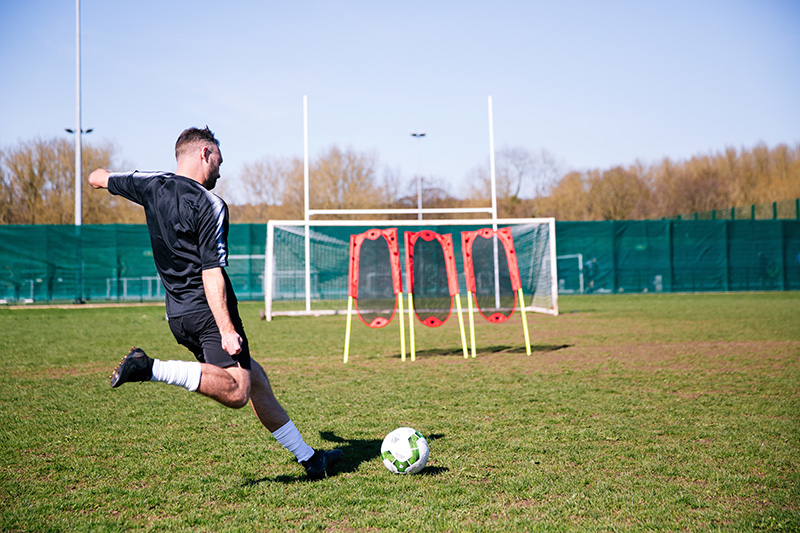
11. Long Rangers
This drill helps players work on long-range shooting and passing under pressure.
- Setup: 2 teams of 4 players, one goalkeeper, one ball.
- Instructions: The attacking team must take shots from outside the penalty area, and the defender inside the area tries to block shots.
12. Keep Away
This drill works on maintaining possession and shooting under pressure.
- Setup: One team of 6 defenders, one team of 3 attackers, two goalposts.
- Instructions: The attacking team tries to score in any of the two goalposts while the defenders attempt to win possession. A goal is awarded for every 10 successful passes.
Goalkeeping Drills

13. Strikers and Goalies
This game improves goalkeepers’ reflexes and attacking players’ shooting accuracy.
- Setup: Rectangular field, two goalkeepers, two goalposts, multiple soccer balls.
- Instructions: Attackers take turns shooting on goal after receiving a pass. Goalkeepers are rewarded with points for punches or saves.
Defending Drills

14. Rondo Switch
This drill emphasizes quick transitions between defense and attack.
- Setup: Two rectangular playing areas, 2 teams of 5 players, one ball.
- Instructions: Play a rondo in the first area, then quickly transition to the second area if possession is won. Defenders switch roles once they score.
15. Eyes Forward
This drill works on attack strategies and player movement.
- Setup: Two goalposts, 2 teams of 5 players including goalkeepers.
- Instructions: The player in possession must make passes without turning, and they can only turn once a goal is scored.
All-Round Play Drills

16. Four-Goal – 3v3
This drill improves passing, positioning, and team communication.
- Setup: 30×20-yard mini-field with four mini-goals.
- Instructions: Teams play a 3v3 game with the option to score in any of the two goals. The first team to score three goals wins.
17. Wide Play – 3v3
This drill helps with wide play and wing positioning.
- Setup: 30×20-yard mini-field with wide channels on each side.
- Instructions: Teams must pass through the wide channels to score, with wingers unable to score themselves.
FAQs: Small-Sided Soccer Games for Training
1. What are small-sided games (SSGs) in soccer?
Small-sided games are modified soccer drills where fewer players are involved, usually on a smaller field. These games are designed to replicate real-game scenarios but with a more focused approach, offering each player more touches and opportunities for skill development.
2. What are the benefits of small-sided games for soccer training?
Small-sided games provide numerous benefits, including:
- More touches on the ball: Each player is more engaged and gets more opportunities to develop their ball control and decision-making.
- Better fitness: The fast-paced nature of SSGs promotes cardiovascular endurance and stamina.
- Improved skills: Players get the chance to practice various technical skills like dribbling, passing, shooting, and defending in game-like conditions.
- Increased game awareness: Players can work on positioning, timing, and understanding of the game.
- Higher engagement: Smaller teams mean players stay actively involved, making the game more exciting and rewarding.
3. At what age should players start using small-sided games?
SSGs are great for players of all ages, but they are particularly beneficial for younger players. They help with skill development in a low-pressure environment while promoting creativity. Even senior teams can benefit from SSGs by adapting the drills to focus on specific tactical aspects.
4. How do small-sided games help with player development?
Small-sided games foster a competitive, yet enjoyable environment where players can:
- Improve their ball control under pressure.
- Develop their ability to make quick decisions.
- Enhance their fitness and stamina through constant movement.
- Improve tactical understanding by experiencing both attacking and defensive roles.
- Learn the importance of team dynamics and positioning.
5. Can small-sided games be used for all soccer drills?
Yes! Small-sided games can be tailored to focus on various aspects of soccer, including:
- Warm-ups
- Passing
- Dribbling
- Shooting
- Defending
- Goalkeeping
- Attacking
- First Touch
They allow coaches to target specific skills while maintaining an enjoyable, game-like atmosphere.
6. How do I set up a small-sided game for my team?
Setting up small-sided games can be done with minimal equipment and space. Here’s a general approach:
- Choose the number of players: Based on the number of players you have, divide them into smaller groups (2v2, 3v3, etc.).
- Define the field size: Set up a smaller playing area that allows for more touches and quicker decision-making.
- Set the objectives: Depending on the skill you want to focus on (dribbling, passing, defending, etc.), set clear objectives for the game.
- Add modifications: To keep the game challenging, you can add specific rules, such as limiting the number of touches or requiring certain skills.
7. How can I make small-sided games more competitive?
To increase competitiveness:
- Track scores: Keep a score system and introduce rewards or recognition for winning teams.
- Time the games: Set a timer for each round to encourage intensity and focus.
- Rotate players: Regularly switch players between teams to ensure fairness and allow everyone to have equal opportunities.
8. Can small-sided games improve my team’s tactical understanding?
Yes, small-sided games are excellent for improving tactical awareness. They simulate match scenarios where players need to make quick decisions about positioning, movement, and passing options. By playing different roles in SSGs (attacking, defending, holding possession), players can learn to recognize situations in real games and improve their decision-making.
9. How do I ensure small-sided games stay engaging for players?
To keep small-sided games engaging:
- Vary the drills: Mix up the activities so players don’t get bored with repetitive exercises.
- Focus on fun: Make sure the games are enjoyable and competitive, but also offer learning opportunities.
- Encourage creativity: Allow players to express themselves with their skills and try new moves.
- Give individual feedback: Offer constructive advice after each game to help players understand what they did well and where they can improve.
10. How can I adjust small-sided games for older or more advanced players?
For older or more advanced players, increase the complexity by:
- Increasing the intensity: Shorten the amount of time allowed for each pass or touch.
- Adding tactical instructions: Focus on more advanced skills like quick transitions, formations, and specific tactical scenarios.
- Using larger teams: Expand the teams to 6v6 or 7v7 to incorporate more decision-making under pressure.
Conclusion: Why Small-Sided Games Should Be Part of Every Training Session
Small-sided games offer an engaging, versatile, and highly effective way to train soccer players at any level. Whether you’re focusing on specific skills, improving fitness, or replicating real-game situations, SSGs provide the perfect environment for growth. Plus, they’re fun! By incorporating these games into your training routine, you’ll see improvements in individual skills, team dynamics, and overall game readiness. Whether you’re coaching youth players or an adult team, small-sided games are essential for building the skills necessary to succeed on the field.
